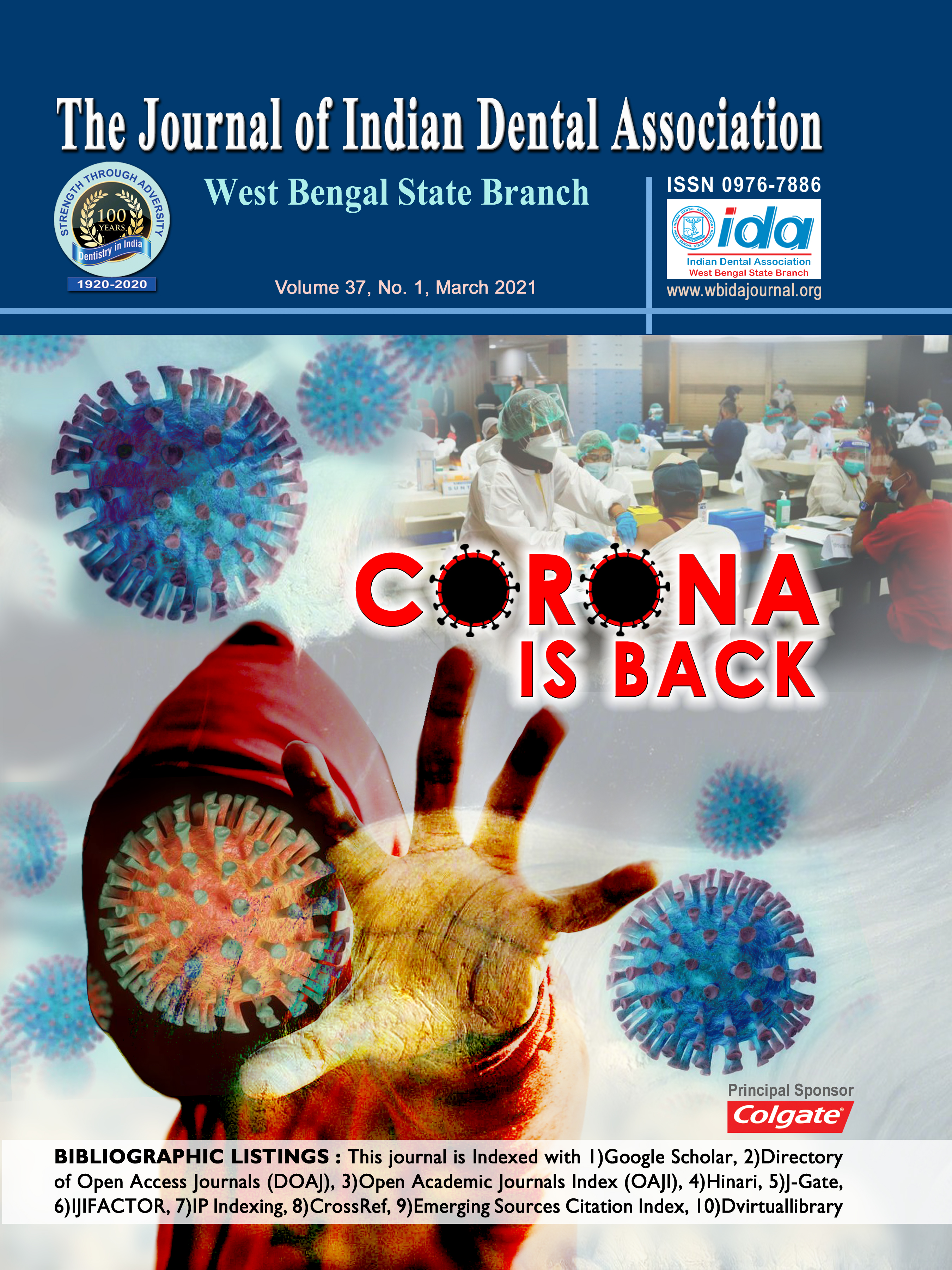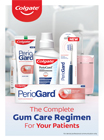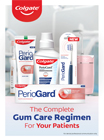Upcoming Events
1. Article Title.
2. Author Details.
3. Abstract.
4. Keywords.
5. Corresponding Author details.
March 2021
Volume : 37
No.: 1

Dr. Rajib Sikdar,Dr. Supreet Shirolkar,Dr. Avik Narayan Chatterjee,Dr. Raju Biswas,Dr. Soumen Pal,Dr. Subir Sarkar
Abstract: Odontoma is a developmental odontogenic tumor arising from completely differentiated ameloblast and odontoblast forming epithelial and mesenchymal cells. Odontomas are asymptomatic tumor which is classified into three different groups. Routine radiographic examination often revealed their presence in the jaw and surgical removal being it's main mode of treatment. Compound odontoma is most common and may cause hindrance in the eruption of permanent teeth. This paper describes a case of a compound odontoma in anterior maxilla of a 10 year old child.
Dr. Surbhi Gautam,Dr. Sk Ejaz Ahamed,Dr. Nurul Hasan Mollah,Dr. Somen Bagchi,Dr. Ashit Kr. Pal
Abstract: Platelet concentrates are the growth factors releasing substances having excellent healing characteristics. Although Platelet Rich Fibrin (PRF) is the choice of autologous regenerative material in the defects yet advancements in platelet concentrates are being made till now. PRF is an autologous biological platelet concentrate which are rich in various growth factors. These growth factors help in wound healing and hence are very useful in regenerative dentistry. PRF has wider applications in the field of periodontics as well as other medical fields. Over the years, advancement has been made for its easy use and for less discomfort to the patient. This review is constructed by selecting more than 25 articles on the topic.
Dr. Antik Bhattacharyya,Dr. Aaheli Banerjee,Dr. Aindrila Ghosh,Dr. Shabnam Zahir
Abstract: Mucocele is one of the most common lesion of the oral mucosa, resulting from the accumulation of mucous secretion which may be due to trauma, lip biting habits or alteration of minor salivary glands. It has an approximate prevalence of around 2.4 cases per 1,000 people. Thus being the most common minor salivary gland lesion in children and young adults. The diagnosis of mucoceledepends mostly on clinical findings and history. Various type of treatment options include marsupialization, surgical excision, dissection, laser ablation, cryosurgery, electrocautery, intra-lesional steroid injections and irradiation. Here we will report a case of mucocele in a pediatric patient managed by Electrocautery.
Dr. Khushbu Gupta,Dr. F. Lalrawngbawli,Prof.(Dr.) T.K. Giri,Prof. (Dr.) Sugata Mukherjee,Dr. Debanti Giri
Abstract: Tooth loss as a result of extraction especially in the esthetic zone can be a challenge in its rehabilitation due to the loss of bone volume. Immediate implant placement has been well documented and studies have shown that the success of immediately placed dental implants is almost the same as delayed placement. This article aims to highlight immediate implant placement and their success in the replacement of partial or complete edentulous arches.
Abstract: Cleidocranial dysplasia is a rare disease also known as Marie and Sainton disease, and mutational dysostosis. The disease is transmitted by an autosomal dominant mode of inheritance with high penetrance and variable expressivity. A spontaneous mutation occurs in nearly one third of cases and mutation in the core binding factor α 1 (CDFA-1) gene, located on chromosome 6p21 has been reported. The condition is characterized by open sutures of skull bones, hypoplastic clavicle, multiple supernumerary teeth and unerupted permanent teeth of normal series. Here we have described a 14 year old boy with cleidocranial dysplasia. The patient had classical features of this disease.
Dr. Swetjyoti Saha,Dr. Dhrubojyoti Banerjee,Dr. Sanghasree Sarkar,Dr. T.K. Giri,Dr. Debanti Giri,Dr. Sugata Mukherjee
Abstract: The reconstruction of edentulous, atrophic jaws according to functional and esthetic factors not only restores chewing function, but leads to positive psychosocial effects and thus also improves the patient's quality of life. The placement of implants in the alveolar bone remains a challenge because of the resorption of the residual ridge resulting in insufficient bone volume in one or more dimensions. The aim of this article is to review the various options to rehabilitate atrophic maxilla with/without bone modification procedures.












